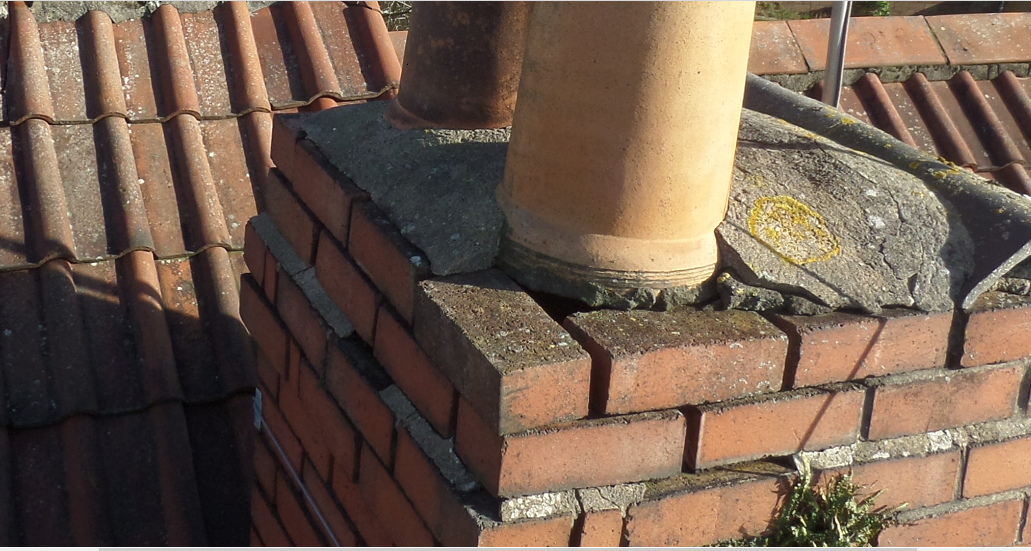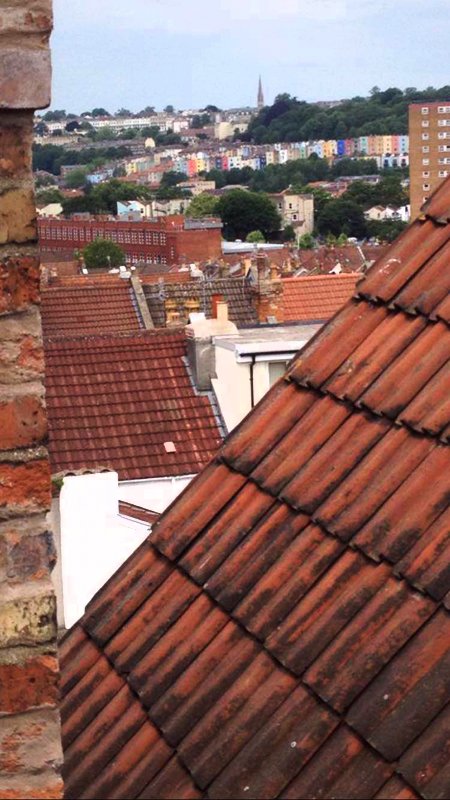Pole Camera or Drone?

IS IT A SELFIE STICK?
Members of the public and vendors often see us with cameras on tall poles at the front of houses. It’s strange to see a fully grown man with a giant “Selfie Stick” as lots of people call them!They are intrigued by what we are doing and ask questions.
We have been using pole or mast cameras on every Building Survey we’ve carried out since 2012.You can see us using a 6m mast in this early video. Over the years we have continued to refine and develop the mast camera. Now they can be up to 15m high, as can be seen in this incarnation from 2013.
Over this time, the cameras mounted on the 10m fibreglass poles used by all our surveyors have really come a long way. They now have tilting, panning heads to allow us to look behind parapet walls and in other hidden places.They are also much lighter and easier to handle for safety.
WHAT ABOUT BINOCULARS?
Strangely, the uptake of this technology by surveying firms in the UK has been very limited. We pioneered the technique in Bristol! We are still the only firm in Bristol offering this as standard in our Building Surveys -not as an added extra at a premium cost. The others tend to look from ground level with binoculars, which isn’t going to provide a comprehensive view. You will not be able to see the tops of chimneys, second storey flat roofs or behind parapet walls. Nor into the valley or butterfly roofs that are very common in Bedminster, Clifton, Easton and Totterdown .
WHY NOT A DRONE?
The main question we are asked is why don’t you use a drone? The answer is that we don’t need to use more complicated access technology to gain a similar view.
Most importantly, we need to view the sarking felt, which should lap into the gutters on a standard roof. This felt has often decayed just beneath the roof tiles; it is very rarely visible from ground level. From taking the pole camera out of the car and setting it up, we can see this area within a few minutes. Setting up a drone takes time. Imagine manoeuvring it into place to hover right next to the tiles. Getting the camera perched in the gutter looking upwards. This manoeuvre would require significanttime and skill. And the potential for tile or gutter damage by the drone is a possibility!
The pole camera allows us to see the tops of chimney stacks and also the tops of parapet walls. It also shows other areas of complex roofs that we want to inspect in detail. So why complicate the process by using a battery powered vehicle that cannot be used under certain conditions?Only the very expensive models can operate when there is high wind or excessive rain or in certain geographical areas.
THE POLE CAN GO WHERE DRONES CANNOT
This should be seen in the wider context of drone use. The current call for registering and licensing drone pilots would add another layer of cost and complexity. This is not warranted in the surveying of residential property. We would not be able to use of them near Bristol airportor sensitive sites such as the MoD. There are also the general privacy concerns. Our cameras only look at the house we are surveying, not at the back gardens of an entire street. Hence our camerasdon’t cause alarm to people sunbathing in what they though was the privacy of their back gardens!
The real skill lies not in taking the picture, but in being able to analyse what the picture means…

